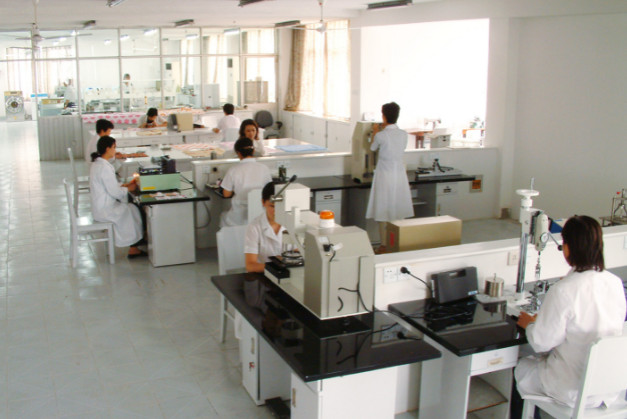Combined corrosion and accelerated aging test: ten years of research proves the concept

Accelerated corrosion testing is the preferred method for testing corrosion resistance. In accelerated testing, laboratory exposure conditions are
The closer the environment is, the more useful the data will be.
Modification of the Combined Corrosion and Accelerated Weathering Test Because it simulates atmospheric corrosion in an accelerated form, ASTM D5894 is generally recognized as a substantial improvement over the traditional salt spray test (B117). Few, however, have been able to adequately characterize coatings for use in complex environments (inland refineries).

Over the years, many researchers have modified the corrosion and accelerated aging cycle method for specific materials or applications. Here are a few relevant examples: The desert industrial environment is a very special case. It has been proven that under conditions in industrial areas such as Kuwait, coatings degrade more rapidly than in Western countries where most coatings are developed. In a study of 11 industrial coating systems, two and a half years of data from five areas of Kuwait's industrial belt were compared with the relevant coating performance for key industrial environmental conditions. Laboratory tests include modifications to earlier corrosion and accelerated aging test items. Different cycles and scenarios were used in order to better simulate the industrial environment in Kuwait.
Laboratory tests combined a 100-hour salt spray test with 5% sodium chloride and 3000 ppm sulfuric acid solution, followed by drying at room temperature for 16 hours, followed by exposure to QUV conditions at 60°C for 12 hours, and finally at 40°C Condensed for 12 hours. The researchers found that the test cycle provided conditions that were highly relevant to the Kuwait industrial environment. [J] The International Institute of Container Lessors (IICL) has tested container coatings with an updated version of the combined corrosion and accelerated aging cycle test. Due to the characteristics of containers that need to be transported by sea, the wet time for corrosion is increased (the test specified spraying at 30°C for 4 hours and drying at 40°C for 2 hours). [K] The Federal Highway Administration found that the "logical test method" of the ASTM D5894 standard was for hotter climates and developed an improved exposure procedure for cooler climates that included freeze/thaw cycles. Changes include testing bridge coatings for mechanical stress and taking into account thermal cycling. After the cycle of ultraviolet light and continuous condensation, the low temperature period is entered, and finally the salt spray and drying cycle are carried out.
Our corrosion resistance and aging tester can fully meet the test requirements, welcome to inquire about relevant information!
2022-04-20 07:41

